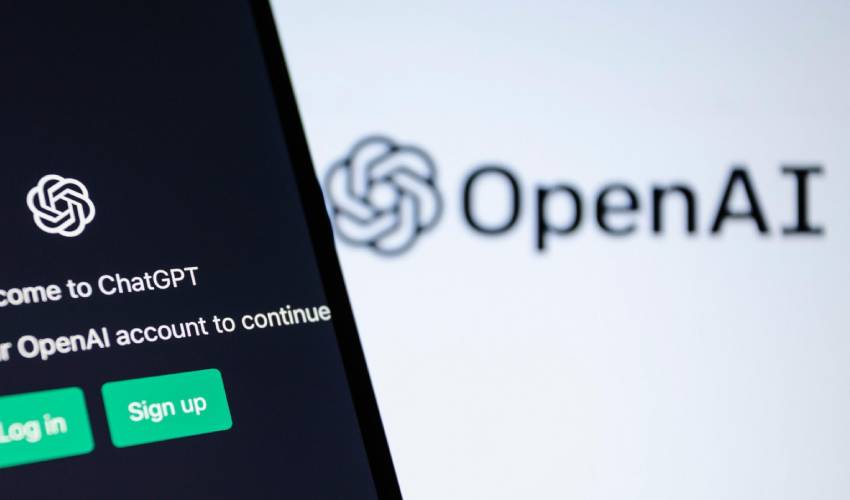OpenAI has announced the rollout of a new feature in ChatGPT, named Study Mode, with the goal of encouraging deeper learning and critical thinking among students. The new feature was officially introduced on Tuesday, marking a significant shift in how generative AI can be integrated into educational settings. Study Mode is designed to move students away from simply seeking direct answers and instead to engage more thoughtfully with the learning process.
What is Study Mode?
Study Mode is an opt-in feature that changes how ChatGPT interacts with users, especially students. When enabled, the chatbot prompts users with targeted questions designed to test their understanding of educational material. In certain cases, ChatGPT may refuse to provide straightforward solutions until the student demonstrates genuine effort or engages in a meaningful interaction with the content.
OpenAI’s aim is to transform ChatGPT from a tool that merely delivers answers into a digital learning partner. As Leah Belsky, OpenAI’s Vice President of Education, stated, “We want to transform ChatGPT from an answer engine into a learning partner.” This statement underscores the company’s intent to shift the focus from passive consumption of information to active participation and comprehension.
Availability and Rollout Plans
The feature is currently being deployed to all logged-in ChatGPT users under the Free, Plus, Pro, and Team plans. OpenAI has also announced plans to extend Study Mode to ChatGPT Edu subscribers—school-managed accounts primarily used by students—in the coming weeks. This move is seen as a response to the growing demand for responsible AI use in educational environments, where balancing convenience and learning integrity is a pressing concern.
Addressing Controversy Around AI in Education
Since the public debut of ChatGPT in 2022, discussions about the impact of generative AI on education have intensified. Schools across the globe initially viewed tools like ChatGPT with suspicion, fearing that easy access to AI-generated answers might undermine critical thinking and genuine learning. Many institutions imposed outright bans. However, by 2023, a shift was underway, with some schools choosing to reintegrate ChatGPT as a supplemental educational tool.
OpenAI’s new feature comes at a time of heightened scrutiny. A study published in June indicated that users who relied heavily on ChatGPT for essay writing showed lower levels of brain activity compared to those using traditional search engines or working independently. Such findings have prompted concerns about the long-term cognitive effects of relying on generative AI for academic tasks.
How Study Mode Works
In Study Mode, the focus is on comprehension and interaction rather than rote answers. ChatGPT prompts students with questions, encourages discussion, and sometimes asks for explanations or elaborations before providing further guidance. The model is designed to detect whether a user is actively engaging or simply seeking shortcuts.
Despite these enhancements, Study Mode remains an opt-in feature. Students retain the freedom to switch back to standard ChatGPT at any time. Currently, there are no parental or administrative controls to enforce Study Mode, though OpenAI has suggested that such measures may be considered in the future to support responsible usage.
Comparisons and Future Prospects
Study Mode draws comparisons to Learning Mode, a similar feature launched by rival AI firm Anthropic for its Claude chatbot earlier in the year. Both initiatives reflect a broader trend among leading AI companies to address growing concerns around passive learning and dependency on AI-generated solutions.
OpenAI regards Study Mode as a foundational step in reshaping how generative AI is used in classrooms and beyond. The company has announced plans to release further research into how students interact with AI tools and the impact on their educational journey, signaling an ongoing commitment to responsible innovation in the field.





